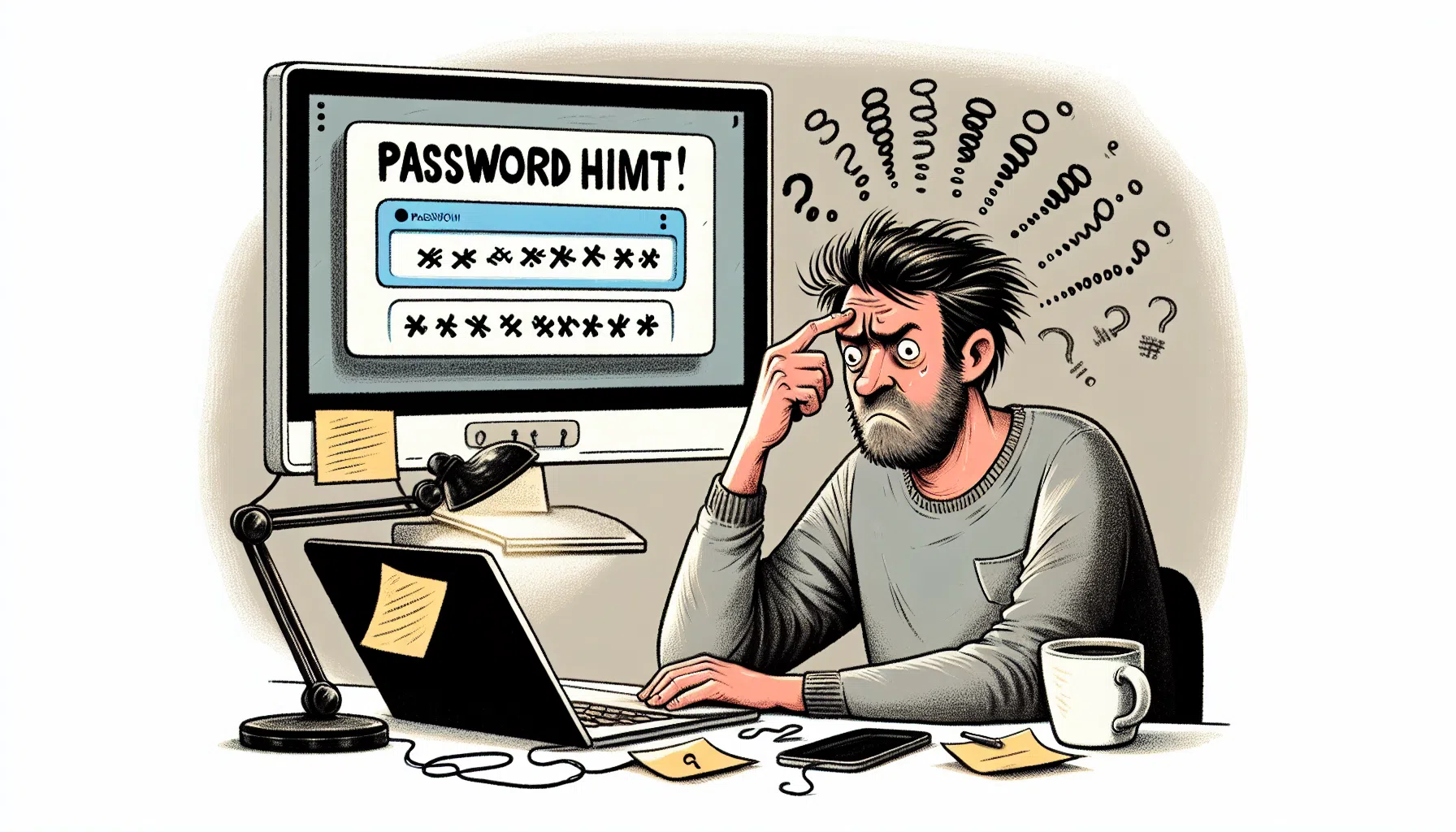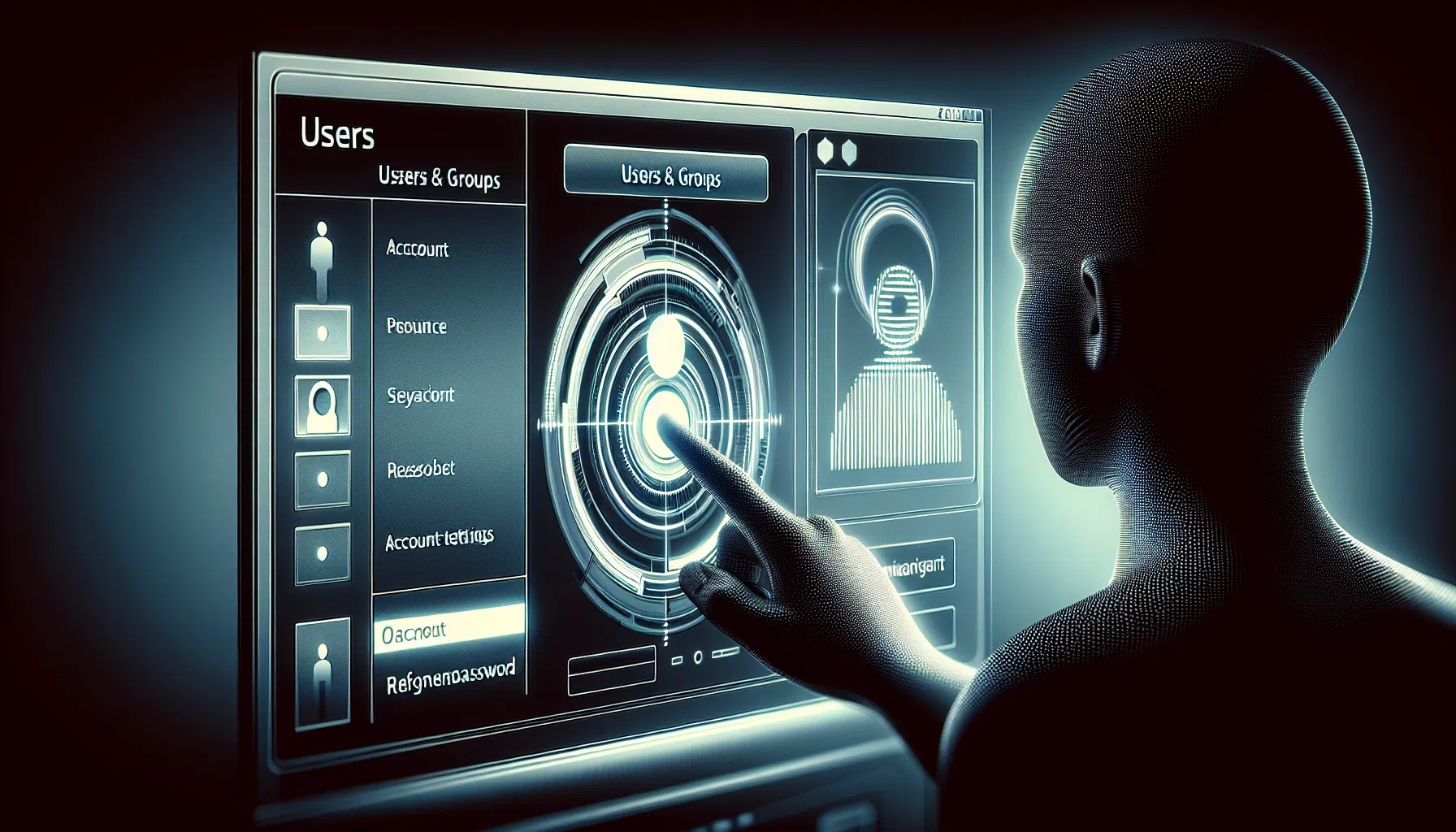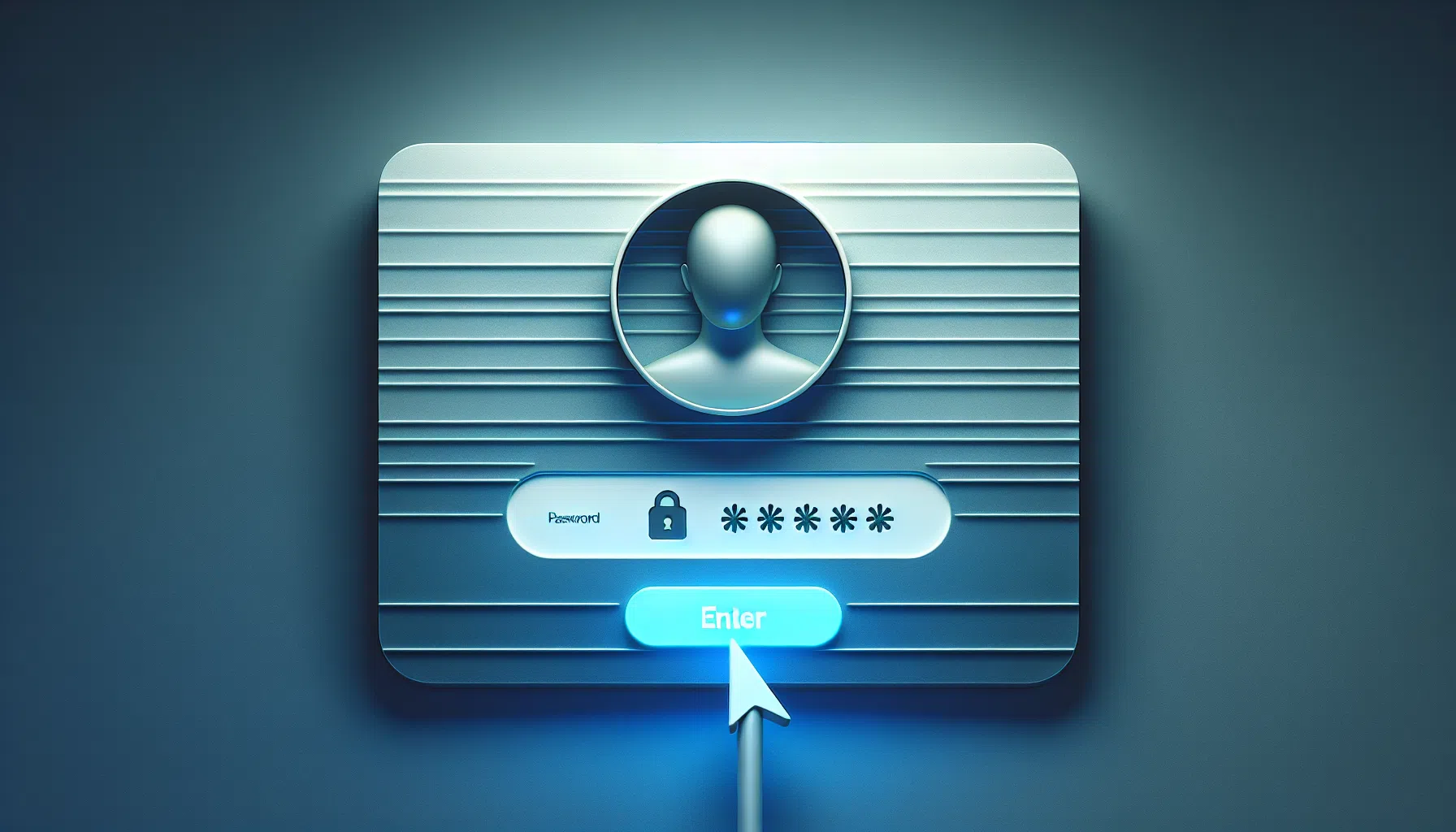Forgot your Mac computer password and can’t get in? Don’t worry, we’ve got you covered. This guide will walk you through several methods to reset your “forgot Mac computer password” and regain access to your Mac.
Key Takeaways
Use the password hint or Apple ID to reset your forgotten Mac password easily.
If those methods fail, macOS recovery mode and FileVault recovery key can be your next best options.
For older Macs or shared devices, use another admin account to reset the password, or connect to another Mac via Target Disk Mode to access and save important files.
1 Use Password Hint to Recall Your Mac Password

Recall those smart hints you established when initially setting up your Mac user account? They serve a purpose beyond aesthetics. Your password hint is the friendly nudge designed to jog your memory without compromising security. It’s like having a trusted friend whisper a subtle reminder in your ear.
Imagine this: you’re staring at the login screen, and after the initial panic subsides, you enter the wrong password three times. With each incorrect password, the screen shakes its head like a disappointed tutor. Then, as promised, your Mac offers a clue beneath the password field. If the hint doesn’t show up, it could mean you’ve skipped setting up this handy feature, but don’t worry, all hope is not lost.
After utilizing the hint, your Mac login password suddenly becomes clear. Suddenly, the gates to your digital kingdom swing wide open, and you’re in without the need to reset your password. It’s almost as satisfying as finding money in a pair of old jeans, isn’t it?
Reset Mac Password Using Apple ID
However, if the password hint proves as elusive as the password itself, your Apple ID comes to the rescue. Many a forgotten mac password has been reset with just a few clicks, thanks to this digital guardian angel. If you’ve linked your Mac account to your Apple ID—and you probably have, considering it’s almost like registering your pet—you’re in luck.
Here’s the scenario: after multiple incorrect password attempts, your Mac begins to question your identity. Instead of taking offense, look for the reset password window. No luck? A quick restart might just do the trick to bring up the option to reset your password using your Apple ID. When the prompt appears, it’s showtime—enter your Apple ID, the same one for your iCloud or Apple One, and follow the on-screen instructions.
After successfully entering the verification code sent to your other devices, choosing the problematic user account, and inputting a new password (consider noting it down), remember to press restart. Your Mac will awaken with amnesia of the old password and embrace the new one you’ve just created.
Access macOS Recovery Mode for Password Reset

If, perchance, your Apple ID doesn’t help, resorting to macOS recovery mode may be necessary. It’s like the secret underground lab where all the big fixes happen. Depending on your Mac’s brain—Intel or M1—the keys to this lab are different. Intel users, hold those Command and R keys as you power up; M1 folks, your power button holds all the answers.
Upon entering, it resembles the cockpit of an airplane. You’ll navigate to the Utilities in the menu bar, where you’ll find the Terminal. It’s not as intimidating as it seems, just type ‘resetpassword’ as if you’re sending a command straight to the heart of the Mac. From there, it’s all about following the prompts:
Choose the account
Enter the new password
Hit save.
Resetting your password this way brings a tangible sense of relief. It’s akin to solving an intricate puzzle, where the prize is regaining access to all your digital treasures. Just remember, this method is for those who don’t shy away from a bit of tech adventure. To begin, simply click reset password.
Utilize FileVault Recovery Key
Those who had the foresight to activate FileVault, give yourselves a round of applause. This encryption feature doesn’t just protect your data—it also comes with a handy filevault recovery key, which is essentially a get-out-of-jail-free card for times like these. Think of it as a secret code that only you and your Mac know.
Initiating recovery mode might feel like déjà vu at this point, but this time you’ll select the option to reset your password using the FileVault recovery key. Enter that code when prompted, choose the account to save, and voila, a new password is set, and you’re one step closer to a working Mac.
Reboot your Mac, inhale deeply, and sign in with your updated credentials. It’s like your Mac has been through a spa treatment—it’s the same on the outside but refreshed and ready for a new beginning on the inside.
Reset Password with an Admin Account

If you have an older Mac, operating on macOS 11.0 or prior, and share it with an admin user, you’re in luck. Just like borrowing clothes from your roommate’s closet, you can borrow some admin privileges to reset your mac password.
Here’s how it works:
Log into the other admin account using the remembered admin password and head to the Users & Groups section in System Preferences.
It’s like walking into the control room where you can tweak settings to your heart’s content.
Find the account that’s got you locked out, hit reset password, and maybe consider using a password manager this time around.
After establishing new login credentials, sign out of the admin account, return to your own, and hope for the best. Success? You’ve just hacked the system (legally, of course), and your Mac is yours once again.
Recovery via Target Disk Mode
Shifting focus, let’s discuss a feature reminiscent of a spy film: Target Disk Mode. This feature lets you connect two Macs and access the troubled Mac as if it were an external drive. It’s not a direct password recovery method, but it’s a lifesaver if you’re dealing with a Mac that won’t start up or if you’re trying to prevent data loss.
To pull this off, you’ll need a Thunderbolt or FireWire cable and a second Mac that’s up and running. Once you’ve got the Macs connected, initiate Target Disk Mode and watch as one Mac becomes the master and the other, the willing servant.
The beauty of this mode is that even if you can’t log in, you can still grab your files and ensure nothing gets left behind in a digital catastrophe. It’s like performing a well-coordinated dance where one partner leads, and the other follows, ensuring that no step is missed, no data is lost.
Disable Automatic Login for Better Security
Having surmounted the challenge of password recovery, it’s time to discuss preventative measures. Disabling automatic login is like choosing not to save your password on a public computer—it’s a smart move for your security. Even if you’re the only one using your Mac, it’s a good idea to keep it locked down like Fort Knox.
The process is straightforward: navigate to System Preferences, select Users & Groups, and adjust the automatic login setting to ‘off’. By doing this, you ensure that every time your Mac starts, it will ask for the login password. It’s a small but mighty barrier between your personal world and anyone who might want to sneak a peek.
When Your Mac Requires a Password

Following our extensive discussion on passwords, understanding when your Mac requires one is beneficial. It’s not just about being locked out; it’s also about understanding the various checkpoints your Mac has in place for your protection. It’s akin to knowing all the hidden alleyways in your favorite video game—you never know when it’ll come in handy.
Your Mac will ask for a password during startup, waking from sleep, and, of course, when trying to change settings in the Touch ID & Password preferences. If you repeatedly fail at fingerprint recognition or haven’t used your Mac in over two days, you’ll need to punch in that password.
Your Mac demands your password under these circumstances to verify your identity before granting access. Think of it as a secret handshake between old friends—it’s a simple gesture, but it signifies trust and familiarity.
Moreover, adjusting your screensaver settings to prompt for a password after brief periods of inactivity adds an extra layer of security to your digital environment.
Summary
Let’s wrap things up with a bow. Whether you’ve forgotten your mac password or you’re just looking to beef up your security, we’ve navigated through a variety of solutions to ensure you’re never permanently locked out of your Mac. From the humble password hint to the robust macOS Recovery Mode, there’s a method to match every level of tech expertise and comfort.
Remember, your password is the digital key to your personal kingdom. Keep it safe, but know that even if it slips through the cracks of your memory, there are ways to regain control. With the strategies outlined in this guide, you’ll be well-armed to tackle any login hurdles and keep your digital life secure.
Frequently Asked Questions
What if I don’t remember my FileVault recovery key?
Don’t worry! If you’ve lost your FileVault recovery key and can’t remember your password, you can reset your password using your Apple ID through the macOS Recovery Mode, as long as you’ve set it up beforehand.
Can I reset my password using Terminal outside of Recovery Mode?
No, you can only reset your password using the `resetpassword` command within the Recovery Mode Terminal window to ensure security.
What should I do if none of the password reset methods work?
If none of the password reset methods work, reaching out to Apple Support for personalized guidance is your best bet. They can offer assistance tailored to your situation.
Will resetting my Mac password affect my data?
Resetting your Mac password shouldn’t affect your data. Just keep in mind that you might need to create a new keychain if you reset the password using Recovery Mode or an admin account.
How can I prevent forgetting my password in the future?
To prevent forgetting your password in the future, you can use a password manager to store them securely and set up a password hint. Keeping a physical copy of your password in a secure location can also serve as a backup.


